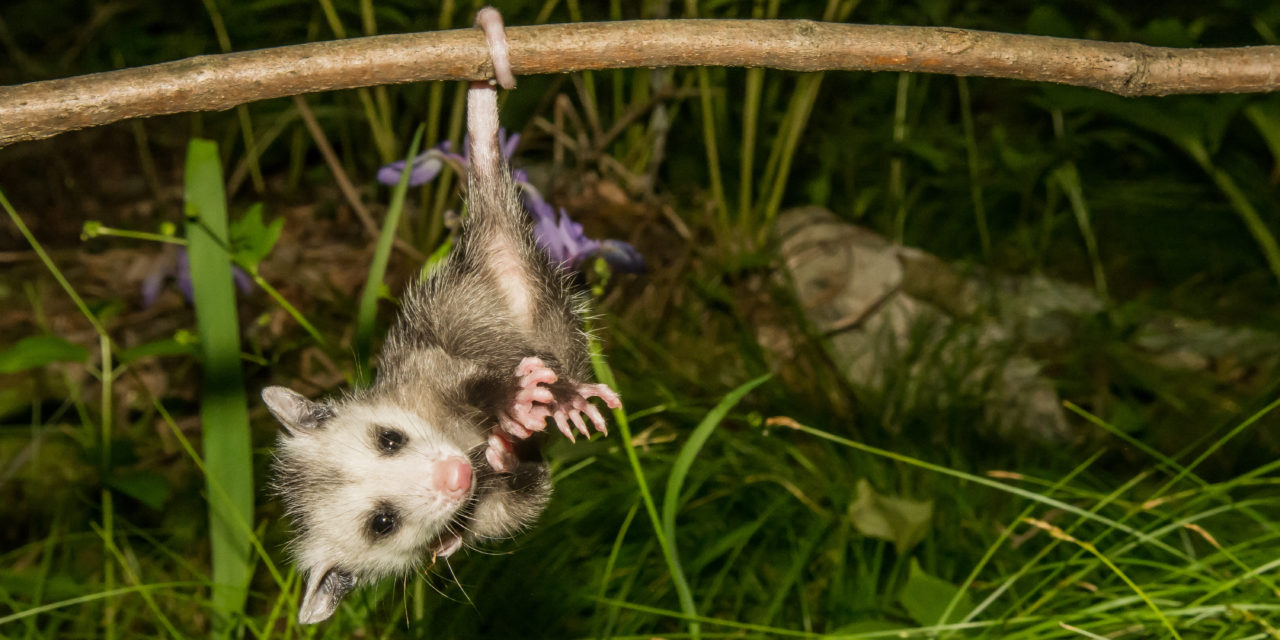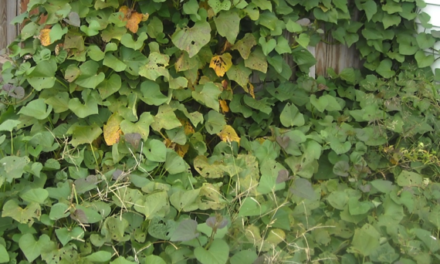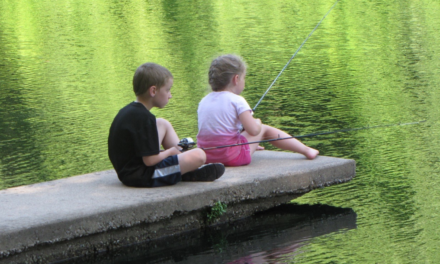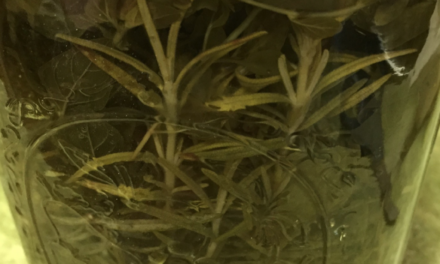Over the years, I have cursed and culled my share of opossums, but I am revising my opinion of North America’s only marsupial. I always gave them plenty of space to co-exist on my property since they ate mice and rats but what changed my mind to encourage them on my homestead actively was a tragedy that happened to a dear friend. She developed a flu-like condition with a high fever. In the emergency room, they diagnosed her with both Lyme disease and Rocky Mountain Spotted Fever. Her recovery was slow. She still has issues with her joints that are directly related to that illness.
Watching her suffer, I researched how to deter (annihilate) ticks. Much to my surprise one of the most effective all-natural tick eliminator is the opossum. I know they look scary, but they are spotless animals. As they groom themselves, they lap up ticks that land on their bodies. Ticks, especially the black-legged ticks like deer ticks that carry Lyme disease are considered a delicious snack to the opossum. In testing, opossums ate far more ticks than any other animal in the study. On average, one opossum can eat more than 5000 ticks per year. Coupled with a flock of guineas who also eat their weight in insects and ticks, and I should have a tick-free homestead.
Another advantage of a hosting habitat for opossums is their appetite for venomous snakes. Except for the coral snake, they are immune to the venom of poisonous snakes which is yet another reason to allow these fearless hunters a place on my homestead.
Since their body temperature is lower than the majority population of mammals found in North America, they are doubtful to have rabies. The rabies virus will usually not survive in the colder bodies of opossums, but rare cases have been documented. Possums, like housecats, groom themselves frequently. Since they lack sweat glands, grooming helps to keep them cool and with the bonus of rendering them odorless.
Baby opossums are called joeys, and since they are marsupials, they must crawl to their mother’s pouch when they are no larger than the size of a honeybee. That’s why a female may give birth to up to twenty joeys as it’s a tough trip to her pouch. They live in the pouch for two to three months before venturing out on their own. The joeys make sneezing sounds or a soft “choo choo” to call to their mother who will respond with clicking noises. When an opossum is threatened, it may hiss or growl.
The expression “playing possum,” comes from our favorite marsupial’s defense mechanism of playing dead. Possums have no control over when this involuntary reaction will happen. It is related to high-stress levels that cause them to seize up and go into a catatonic state. For added drama, they will bare their teeth, foam at the mouth, and emit foul, nasty fluids from anal glands that mimic the stench of death to deter predators.
They use their prehensile tails as an extra arm, allowing them to balance upside down for short periods or to carry nesting materials. They are social creatures often sharing a nest. Just last year, possums and the skunks cohabited in my chicken coop! They are intelligent and can remember the source of food or toxic substance for up to a year.
It took my friend over a year to recover from the tick-borne diseases she picked up while camping. I encourage you to stay open to allowing the opossum a place on your property to help keep down the tick population. I hope you enjoyed learning some fun facts about our country’s only marsupial.
Be blessed! Ann May






